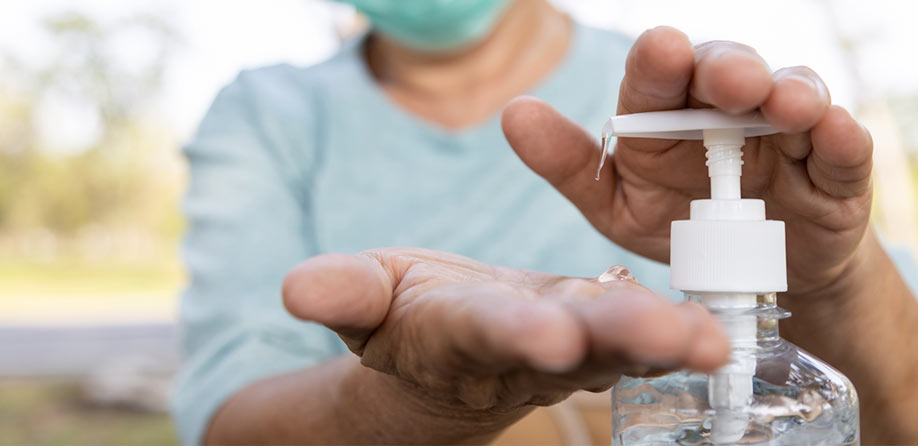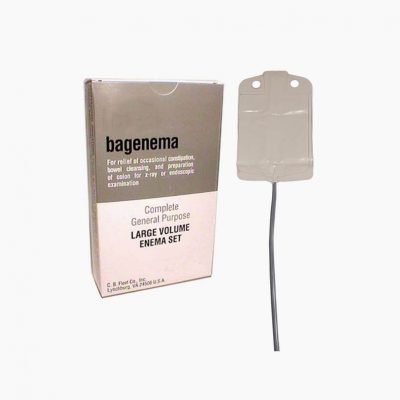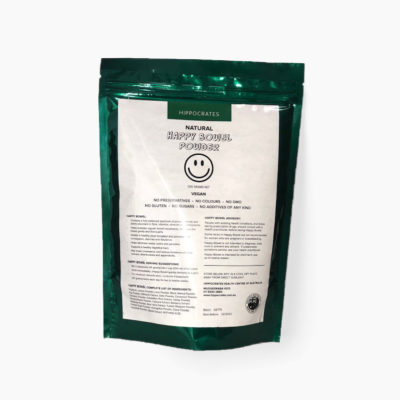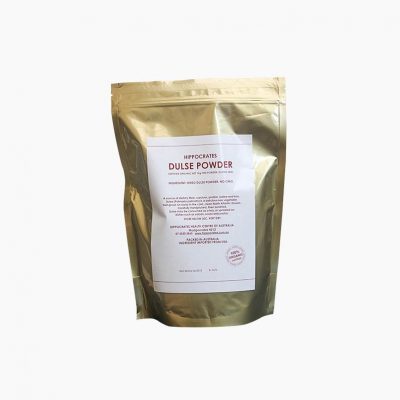
Why to Avoid Hand Sanitizers?
With COVID-19 concern widespread, hand washing has never been so popular and hand sanitizer gels and wipes are the new must-have item for every kitchen and bathroom sink, schoolroom, day care center, medical office and purse. Just slather them on the hands and voila! Germs are gone! However, while these products kill germs, they also create other health issues.
Here are the ingredients listed in a popular alcohol-based hand sanitizer:
active ingredient: ethyl alcohol 65%
inactive ingredients: water, isopropyl alcohol, glycerin, carbomer, fragrance, aminomethyl propanol, propylene glycol, isopropyl myristate, tocopherol acetate.
Ethyl alcohol 65% – Ethyl alcohol is also known as ethanol, pure alcohol, grain alcohol and drinking alcohol. This is what kills the germs.
Ethyl alcohol is used in cosmetics to enhance absorption of other ingredients, which means that anything mixed with it will move through the skin and into the bloodstream more easily. Alcohol improves penetration of other chemicals through the skin by “defatting” the skin, which is a disruption of the oils in the skin. This is also the quality that makes alcohol dry out the skin.
Health care workers are warned not to put alcoholics in the same room as hand sanitizers. There have been verified reports of prison inmates getting drunk on hand sanitizers and of children licking hand sanitizers off their hands and getting drunk.
While most of the alcohol in hand sanitizers evaporates within seconds of being rubbed on the hands, some is absorbed through the skin and into the bloodstream. Research with adults showed measurable amounts of alcohol in the bloodstream after using a large amount of hand sanitizers, but not enough to cause intoxication. The same research has not done been done with children.
The other route of alcohol absorption is through inhalation of the vapors.
Isopropyl alcohol, also called rubbing alcohol, is a petrochemical that can be absorbed through the skin and through inhalation of vapors. It is a known neurotoxin, meaning toxic to the nervous system, and it dries the skin. Research shows toxicity even in low doses, when used around the eyes and lips. Rubbing alcohol was once used to rub down children with a fever. The practice was discontinued after some infants died or went into a coma from repeated rubdowns. The Environmental Working Group’s (EWG) toxicity rating of isopropyl alcohol is a 4 on a scale of 1 to 10, with 10 being most toxic.
Glycerin, also called glycerol, is made from animal or vegetable fats and is found in nearly all skin care products and cosmetics, toothpastes, in many liquid medicines, and in some processed foods. It has very low toxicity but can be irritating to the skin. Glycerin is hygroscopic, meaning it will pull water from the environment. Glycerin without sufficient water can pull water out of the skin, and be drying.
These hygroscopic and skin irritation qualities are one of the reasons that glycerin suppositories, used to treat constipation, can work very rapidly.
Carbomer is a generic term for products made from the petrochemical, acrylic acid. Carbomers are able to absorb a large amount of water, and keep ingredients from separating into liquid and oil components.
Fragrances can contain almost anything. They are virtually unregulated, and are made from dozens of chemicals, many of them highly toxic. The justification for the non-regulation of fragrances is that the toxic chemicals are present in only tiny amounts. This may be true, but repeated daily application of hand sanitizer on top of all the other daily exposures to fragrances adds up. No one knows how many of the chemicals in fragrances accumulate in the body. Some of the common sources of fragrances are (so-called) air fresheners, laundry soaps, dishwasher soap, personal care products, scented candles, and dry cleaning.
Fragrances are likely responsible for much of our current asthma epidemic. They irritate the lungs-the last thing a parent wants for a child who comes down with swine flu.
EWG gives “fragrance” a toxicity rating of 8, one of its highest ratings.
This may be the most worrisome ingredient in hand sanitizers.
Aminomethyl propanol is a chemical used to alkalize the pH of skin care products. The EWG gives it a toxicity rating of 3. According to the EWG, research has shown it to be an irritant, an endocrine disruptor, and as having respiratory effects.
Propylene glycol is a petroleum or plant-based chemical that is widely used in everything from antifreeze and processed foods to cosmetics and injectable medications. Although it is classified as non-toxic, for some people it can be extremely irritating to the skin, eyes and lungs. In mist form it can be irritating to the lungs. The EWG gives it a rating of 4 to 7.
Isopropyl myristate is a wax derived from animal or plant fat. It has low toxicity. The EWG rating is 1.
Tocopherol acetate is a synthetic form of vitamin E. It is used in cosmetic ingredients because it is less acidic than natural vitamin E.
What about alcohol-free hand sanitizers?
There are alcohol-free hand sanitizers, but none of them appear to be any safer or more effective than those that are alcohol based.
One common ingredient in alcohol-free hand sanitizers is benzalkonium chloride, which not even the USFDA has been able to find safe. Numerous studies have implicated exposure to QUATS [benzalkonium chloride is a Quat] as the leading cause of occupational asthma and chronic dermatitis in janitorial and healthcare workers. Those occupations with the highest rates of occupational asthma also have the highest exposure to QUATS.
The other common alcohol-free hand sanitizer ingredient is triclosan, a petrochemical antibacterial closely related to dioxins. Triclosan accumulates in the body and has a long list of serious safety concerns.
The Bottom Line
The popular alcohol-based hand sanitizers are convenient, but the research does not show them to be more effective than hand washing with soap. In fact, even the Centers for Disease Control (CDC) recommends hand washing first, and the use of alcohol-based hand sanitizers only if hand washing is not available.
Because of their high alcohol content, hand sanitizers should not be used around open flames such as cigarette lighters.
None of the ingredients listed above is likely to be toxic when used occasionally, but when used multiple times every day, particularly by children, real concerns arise. Chronic use of hand sanitizers is also likely to result in skin irritation.




